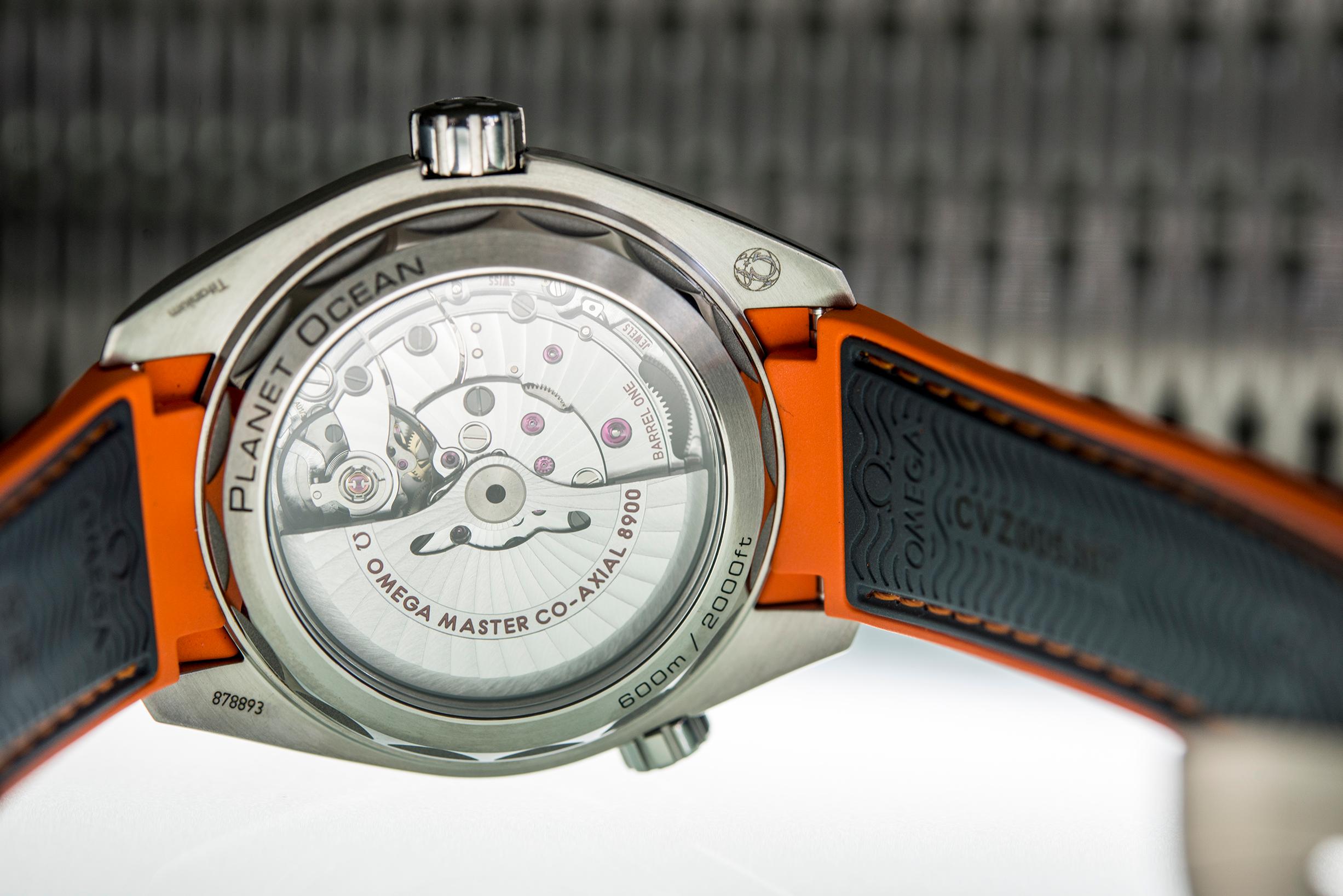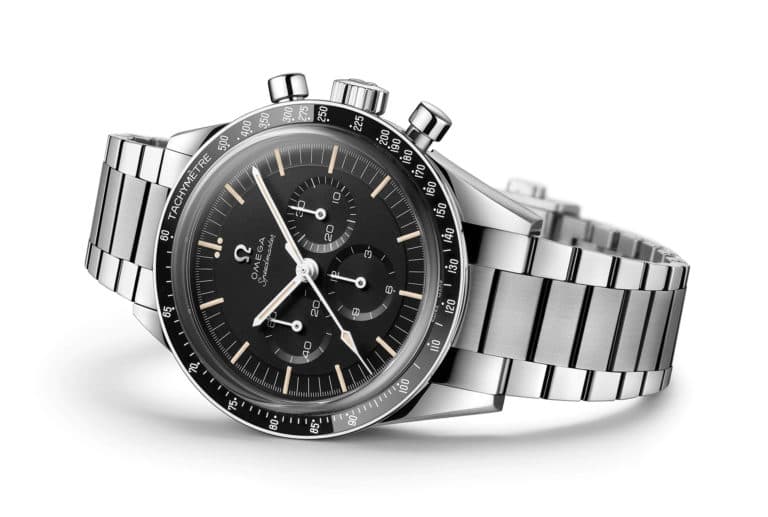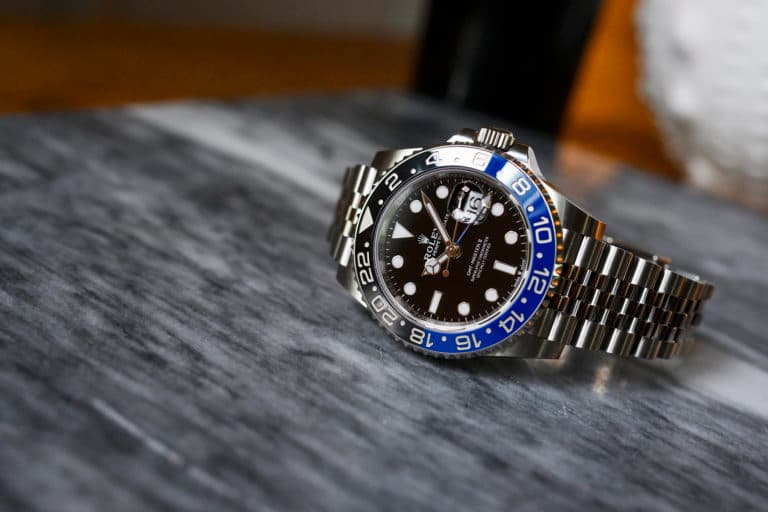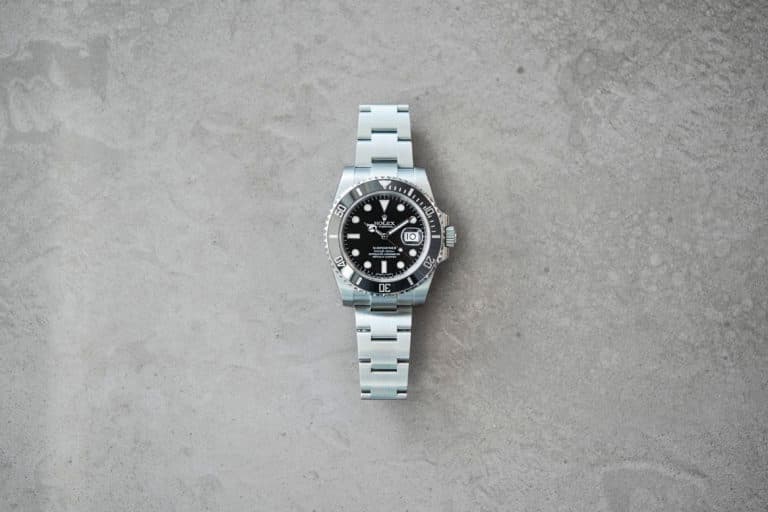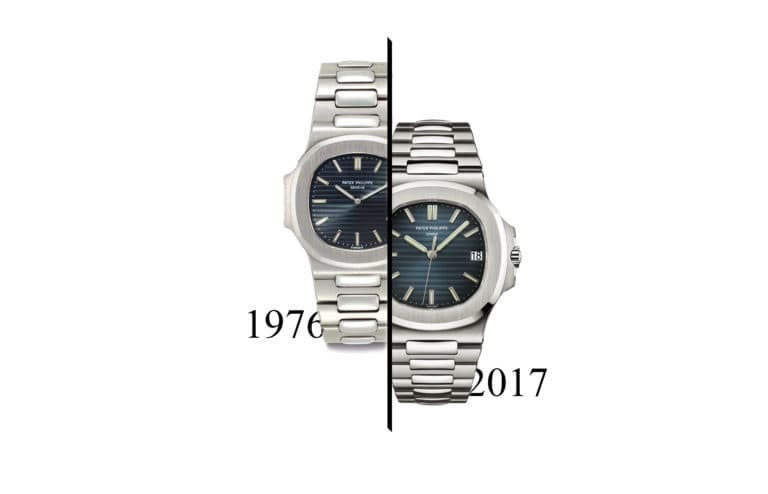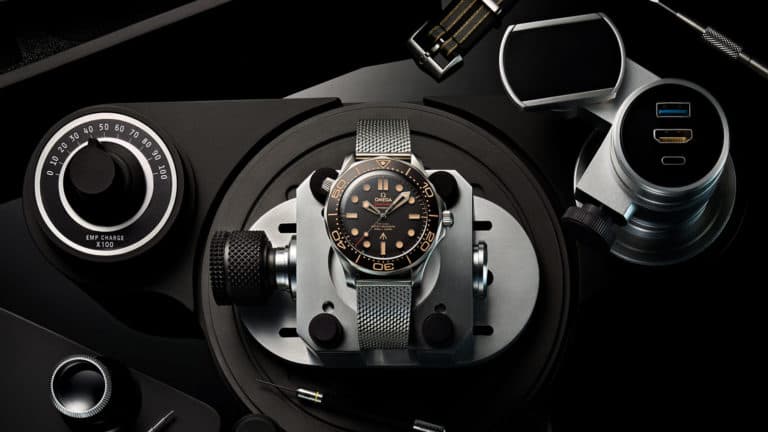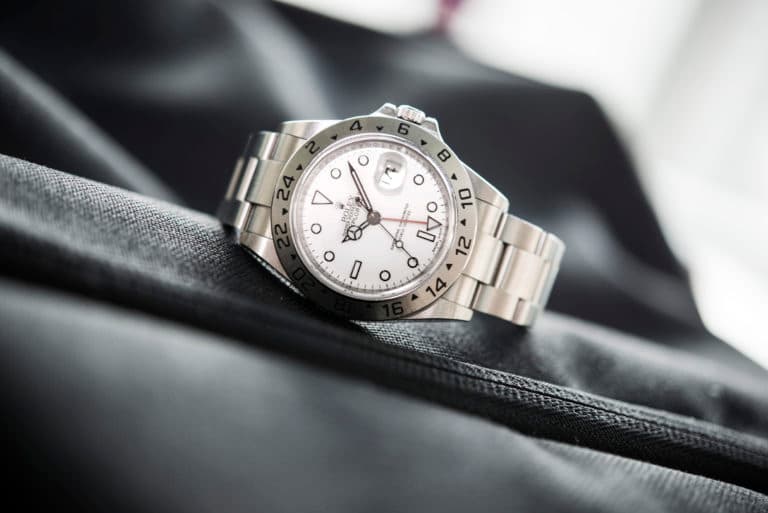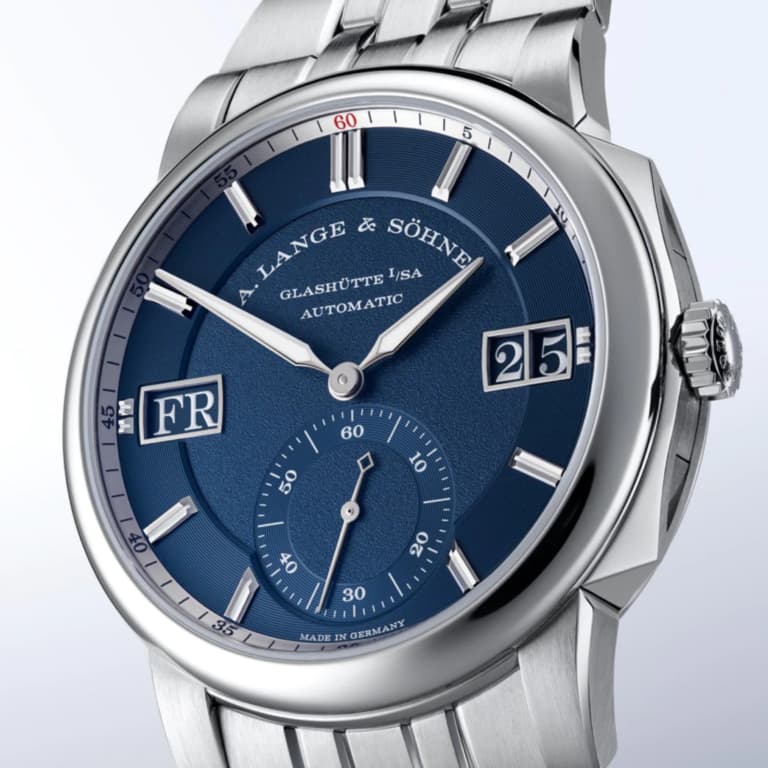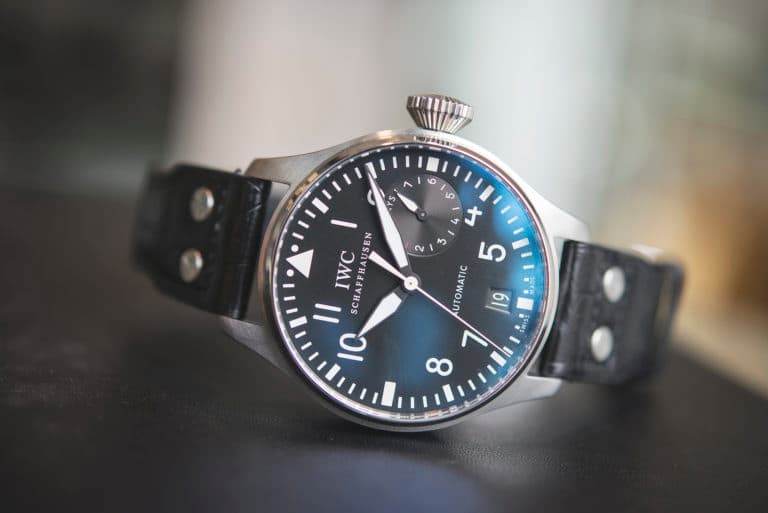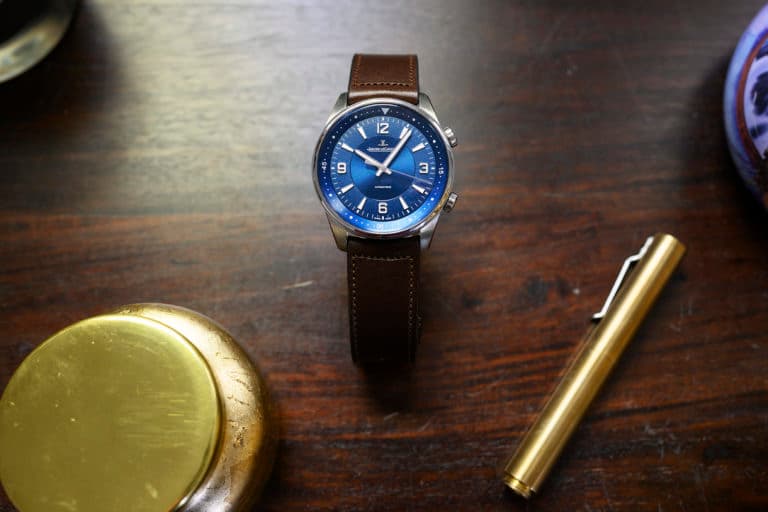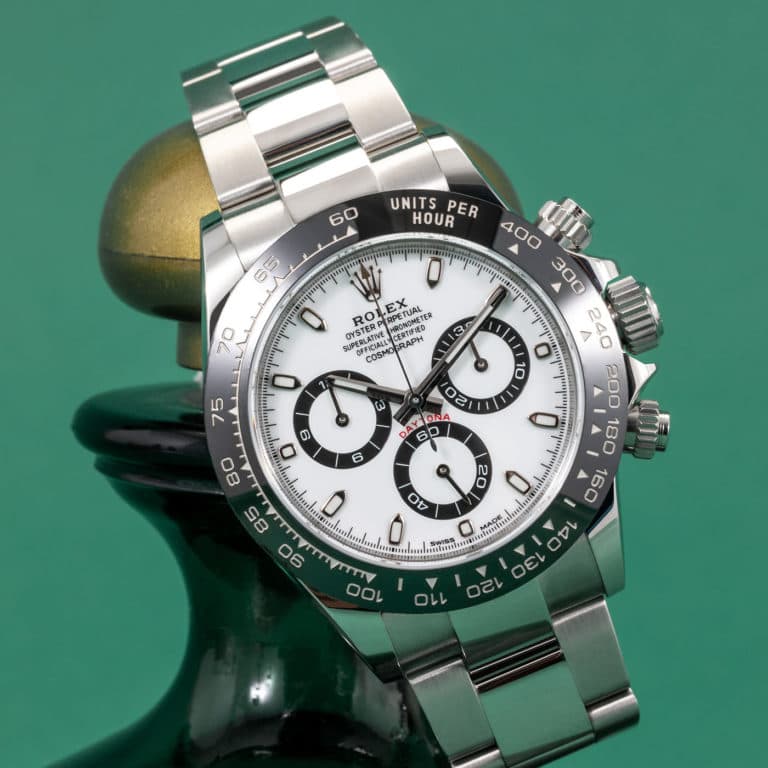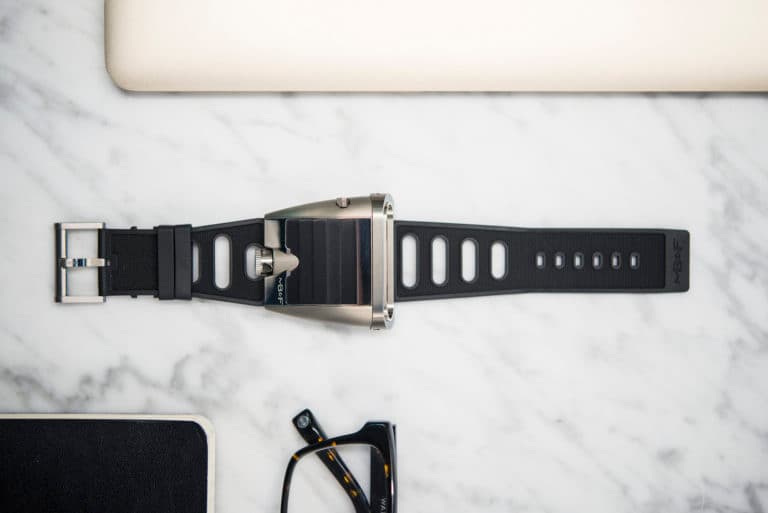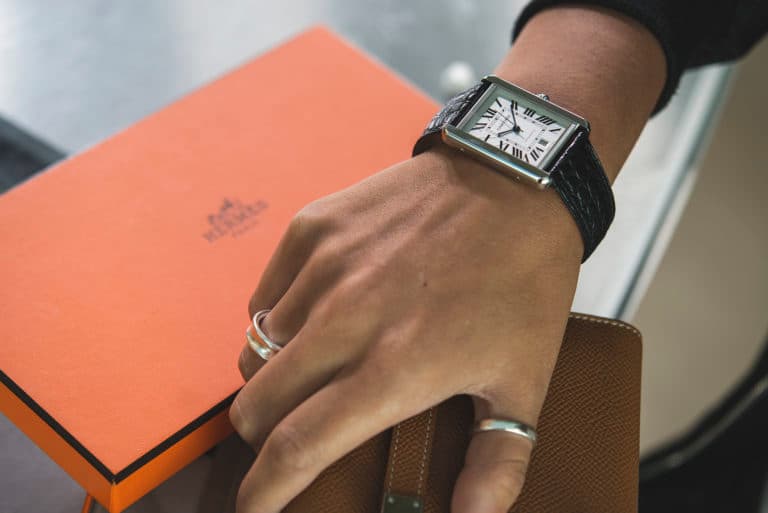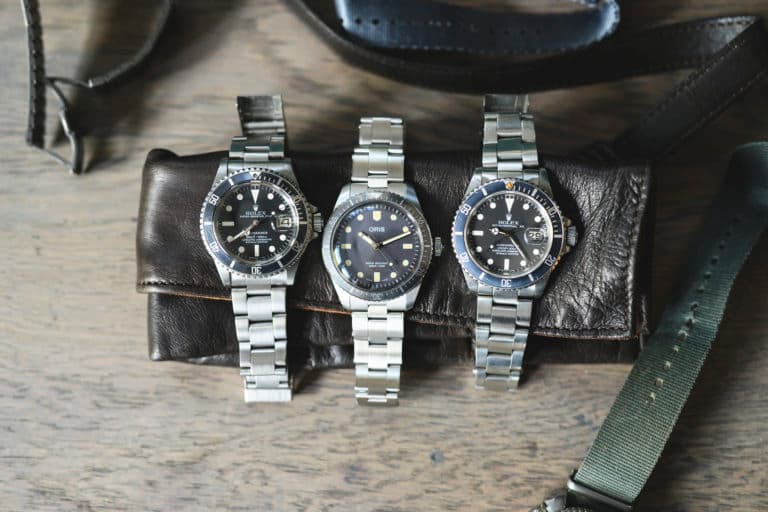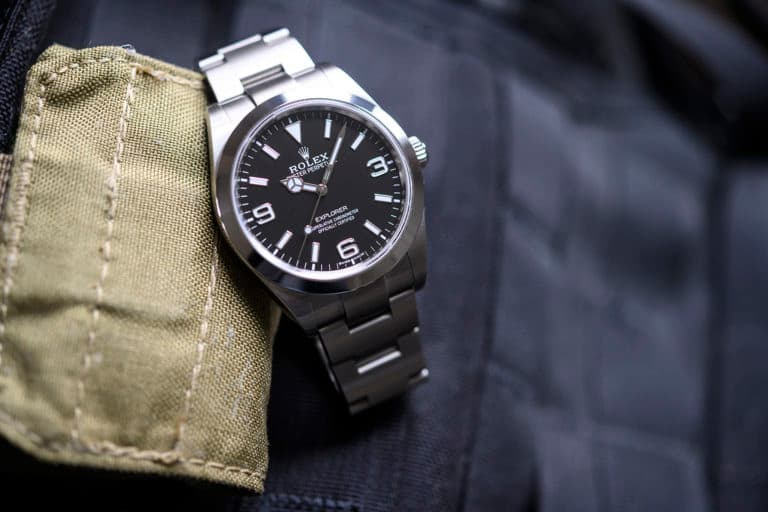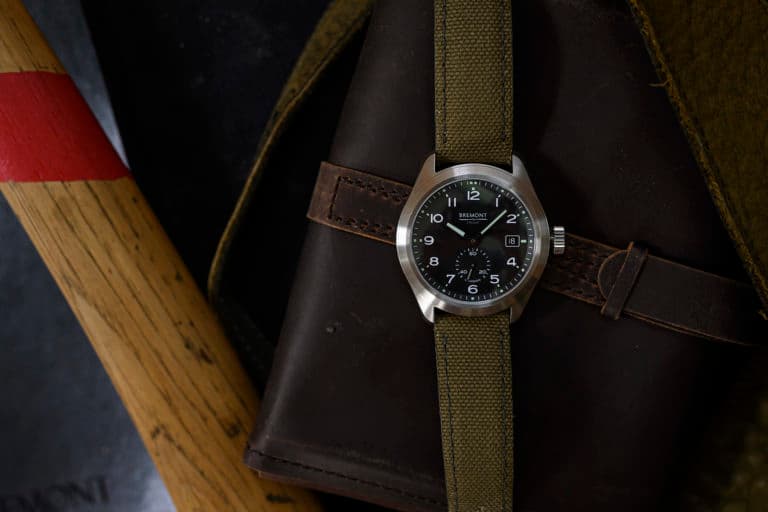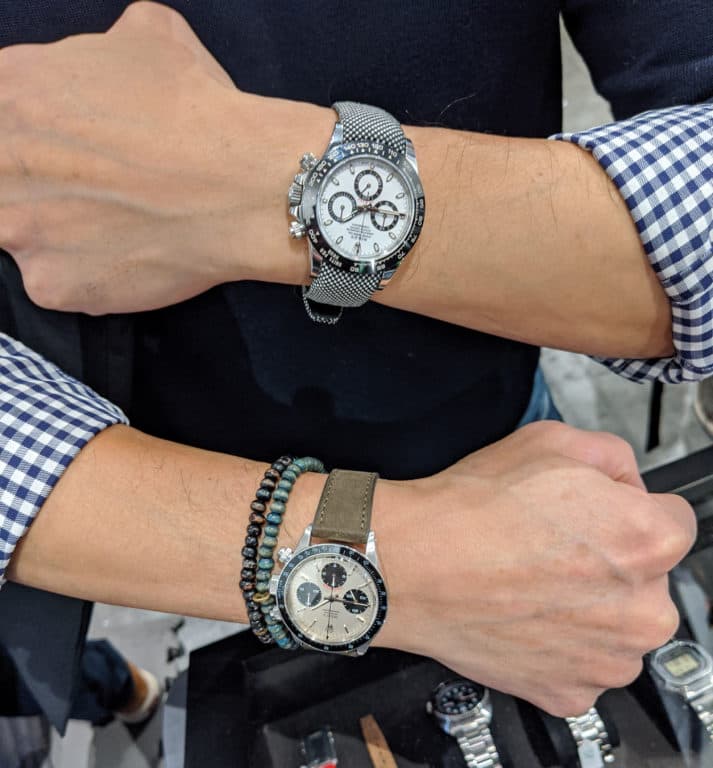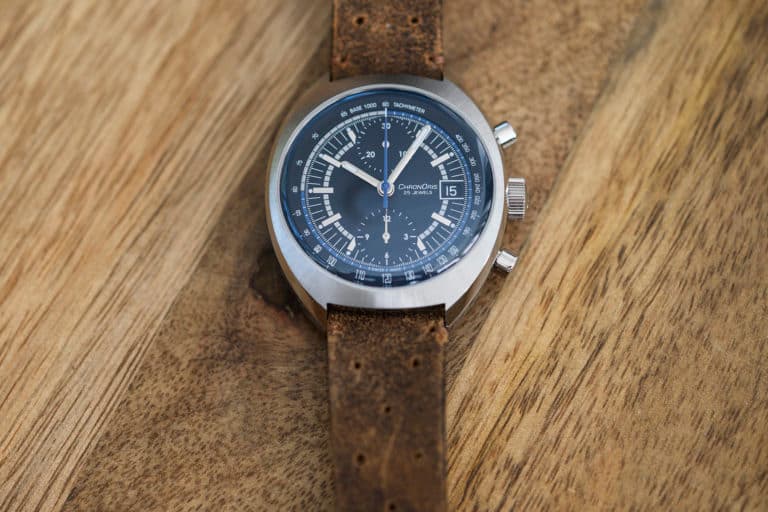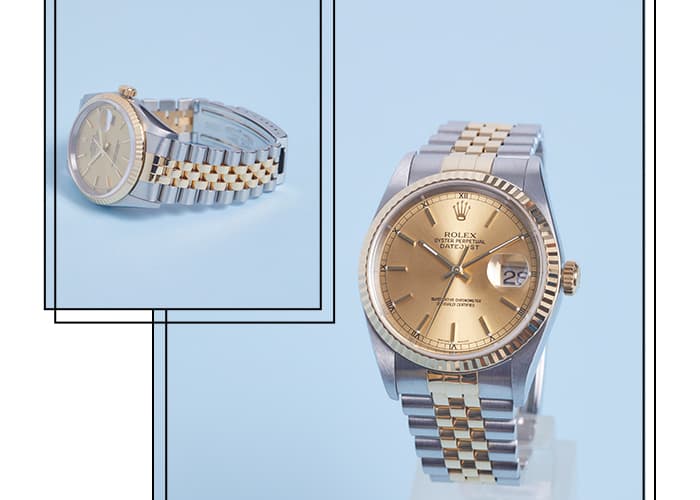If you’ve considered buying an Omega watch in recent decades, you’ve likely come across the term ‘Co-Axial Escapement’ somewhere in your research. Whether you kinda-maybe know what that means or have no idea at all, it’s a catchy term that’s tied itself to Omega’s identity as a manufacturer of movements. While it may sound nice in marketing collateral, explaining it is another story entirely.
The benefits of the co-axial escapement can be boiled down to convenience, and accuracy. How it goes about achieving those things is far more complex to lay out, and are even under some debate. While the term is well established in Omega’s brand cache, its inventor is actually the legendary George Daniels, and the only other watches containing co-axial escapements bear his name, or that of his protege, Roger W. Smith. Those are two of the biggest names in high-end watchmaking and collecting, so how did this Daniels invention become synonymous with Omega watchmaking on the decidedly opposite end of the industry?

The first commercial use of the co-axial escapement by Omega came in 1999, within the DeVille and its caliber 2500. However, it was invented in 1974 by George Daniels, who patented it by 1980. Daniels spent years shopping his innovation around to a variety of Swiss watch brands, and it wouldn’t be until the ‘90s that the Swatch Group’s Nicolas G. Hayek saw the potential value in using it at scale in a brand like Omega. Today, you’ll find it at use across the entire Omega watch stable, from the Speedmaster and Seamaster, to the DeVille and Constellation.
So what, exactly, is a co-axial escapement? As the name suggests, it is a unique take on the escapement, which is the component that links the regulating organ of the watch (balance wheel), and the gear train responsible for the time you read on the dial. This is generally where all the action happens in the movement, and is the part responsible for creating the “tick-tock” you hear when you hold a watch to your ear. It serves a vital role in turning all the energy stored up in the mainspring into usable energy through regular impulses to the gear train. Since 1750, the lever escapement has been the dominant linkage in pocket and wrist watches. It still is today, but it’s easy to see why Daniels would devote his own energy here looking for a better solution.

Co-axial escapement on the left, Swiss lever escapement on the right.
The lever escapement consists of a pallet fork and two jewels that turn the energy from the balance wheel into impulses sent to the gear train. The jewels come into contact with escape wheel, sliding along their ends as they pass, creating sliding friction. Due to this sliding friction, lubricant is required to minimize wear and tear to the surfaces over the long haul.
A driving motivation for Daniels was to eliminate the need for lubrication along the pallet jewel surface. To achieve this, he designed a system that relies on radial friction, removing the sliding contact between the jewels and the gear. The co-axial escapement employs three pallet jewels within the fork that effectively separate the locking function from the impulse function, thus avoiding the sliding friction found in the lever escapement. It does, however, create a far greater impact, and in practice, does still require a small amount of lubrication to reduce impact corrosion. When it comes to the second law of thermodynamics, there is no free lunch, as they say.
If you’re glazed over from the technical details, catch the video from Omega to see just how this works.
And if you really want to dig, here’s a lecture given by George Daniels himself to the American Watch and Clockmakers Institute back in 1990 (he passed away in 2011).
Whether or not the co-axial escapement is superior to the lever escapement is up for debate. Were it a clear step ahead, its adoption would likely be widespread by now; the patent expired earlier this year. As movements containing a co-axial escapement begin to age, we learn more about the long term viability, but with just 20 years of mass production within a single brand, there’s simply nowhere near the data we have on the lever escapement.
What we do know is that Omega has built their Master Chronometer certification around the use of this escapement, and it stands on its own merits in regards to the quality and accuracy coming out these movements. Further still, having George Daniels’ and Roger W. Smith’s names attached to this innovation brings huge value to Omega watches using the escapement, assuming you’re familiar with either name, that is. And if you plan on making this watch thing a full blown hobby, you damn well should be.


